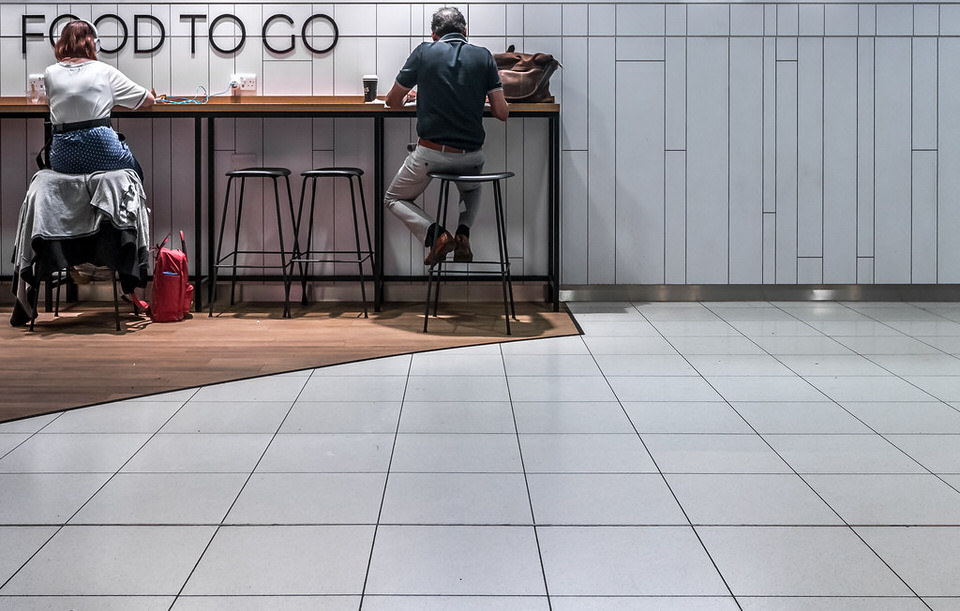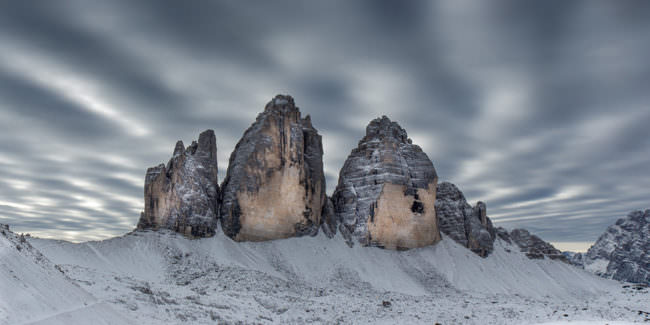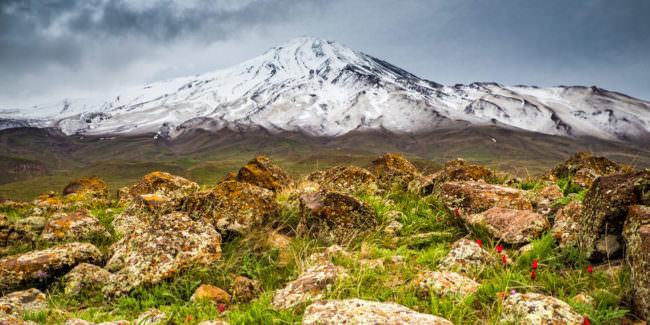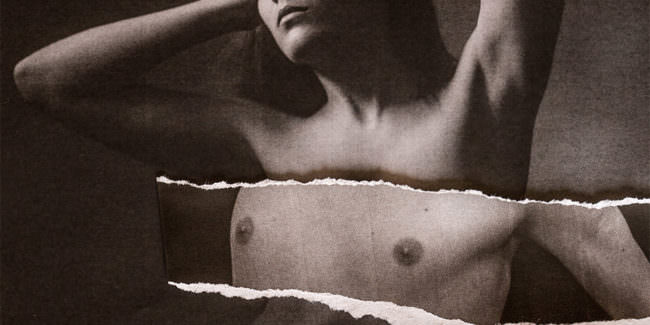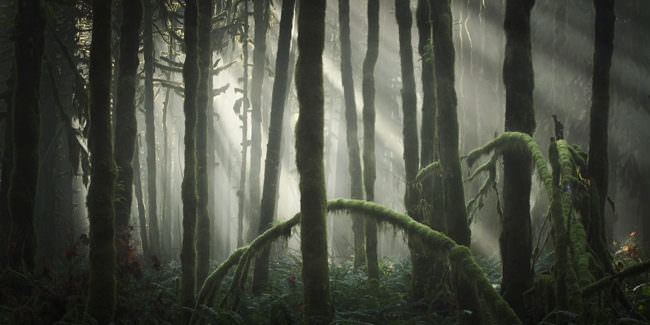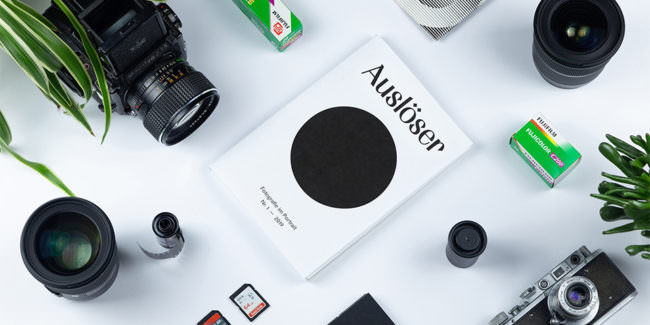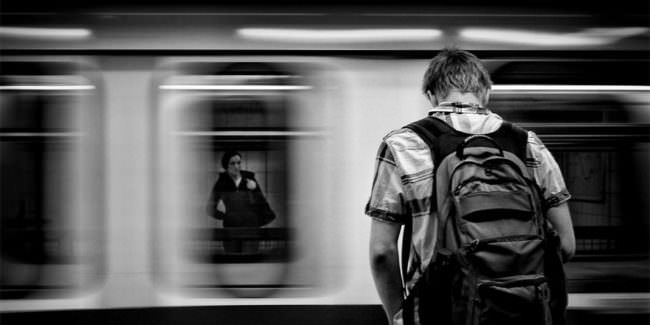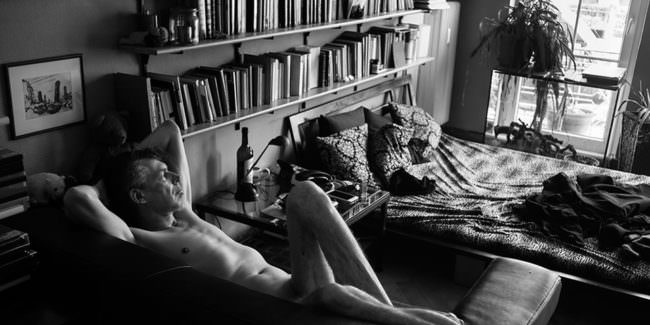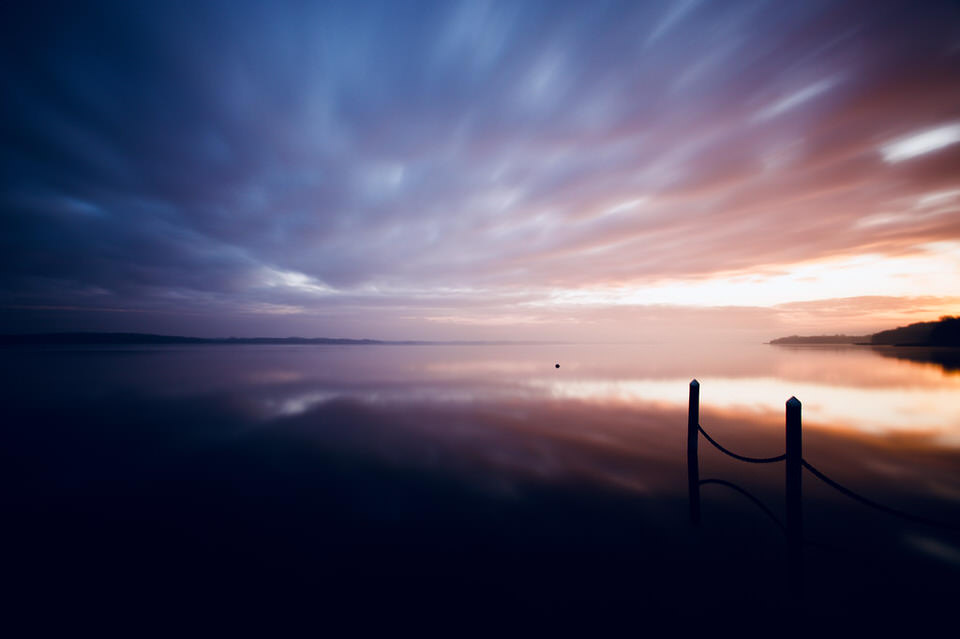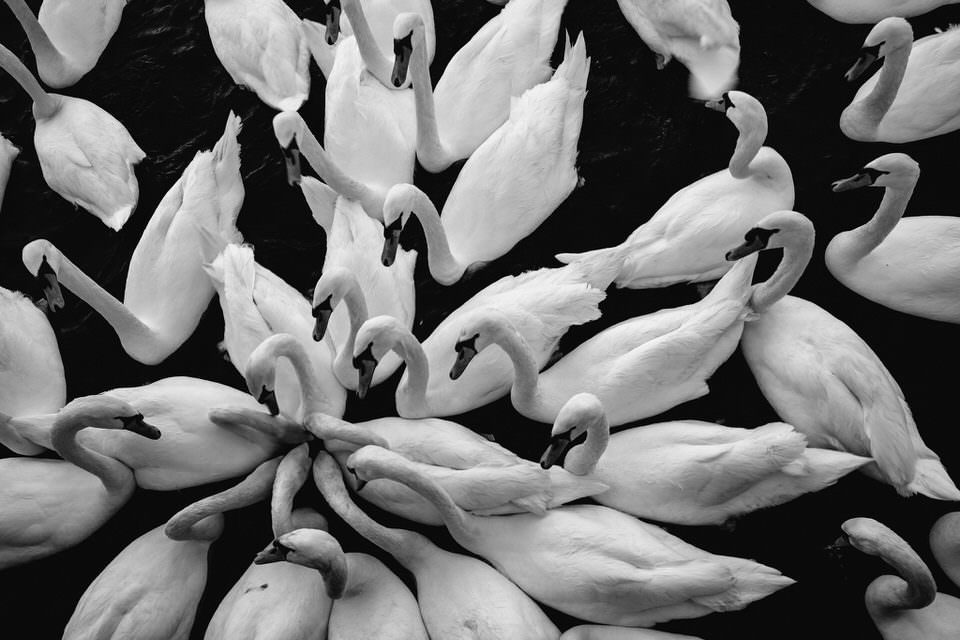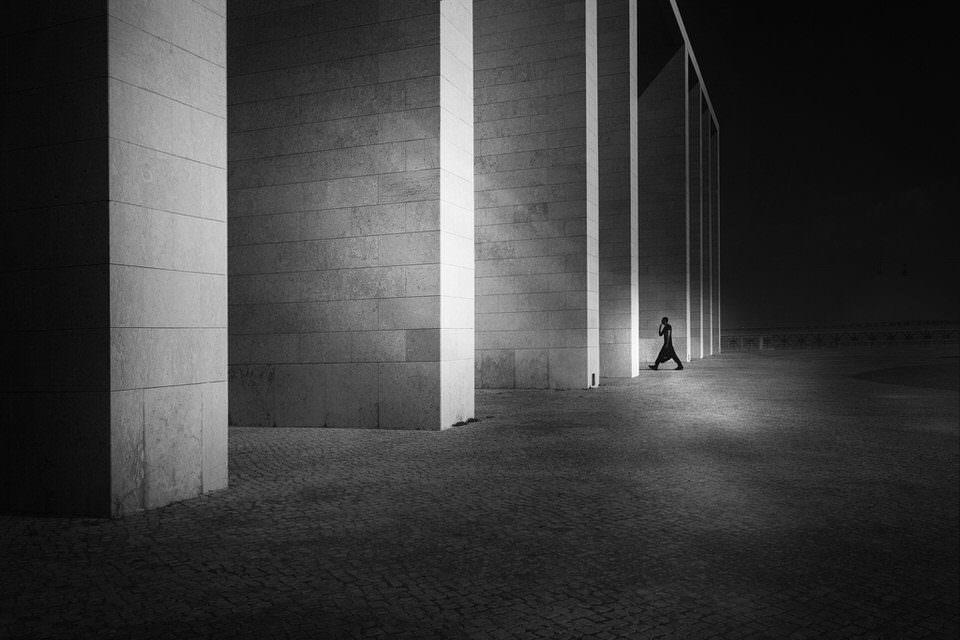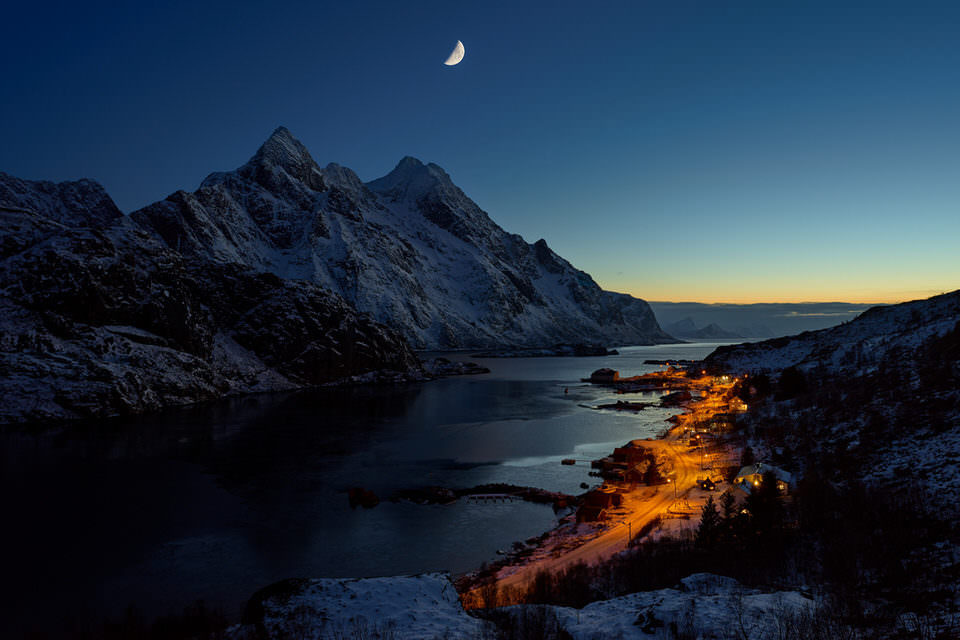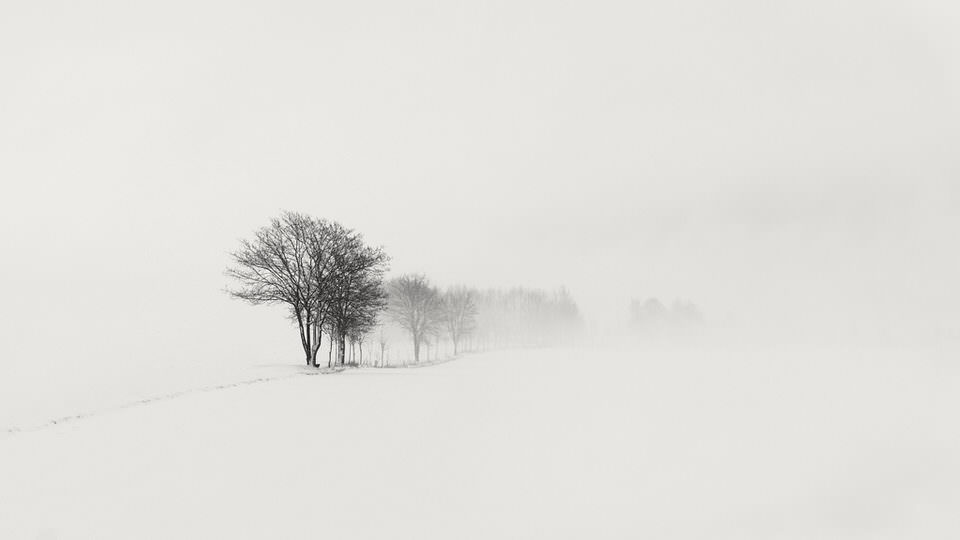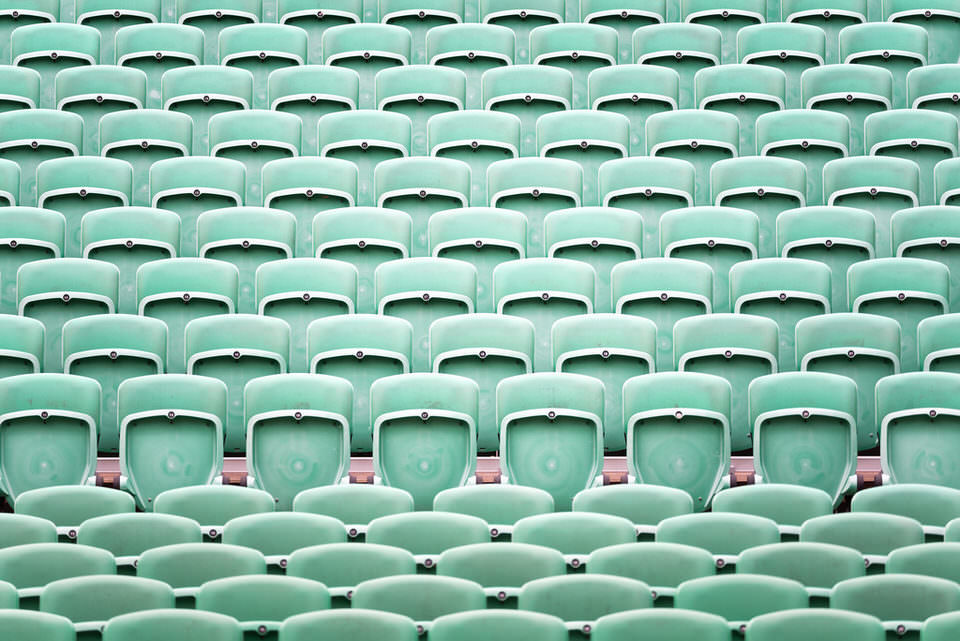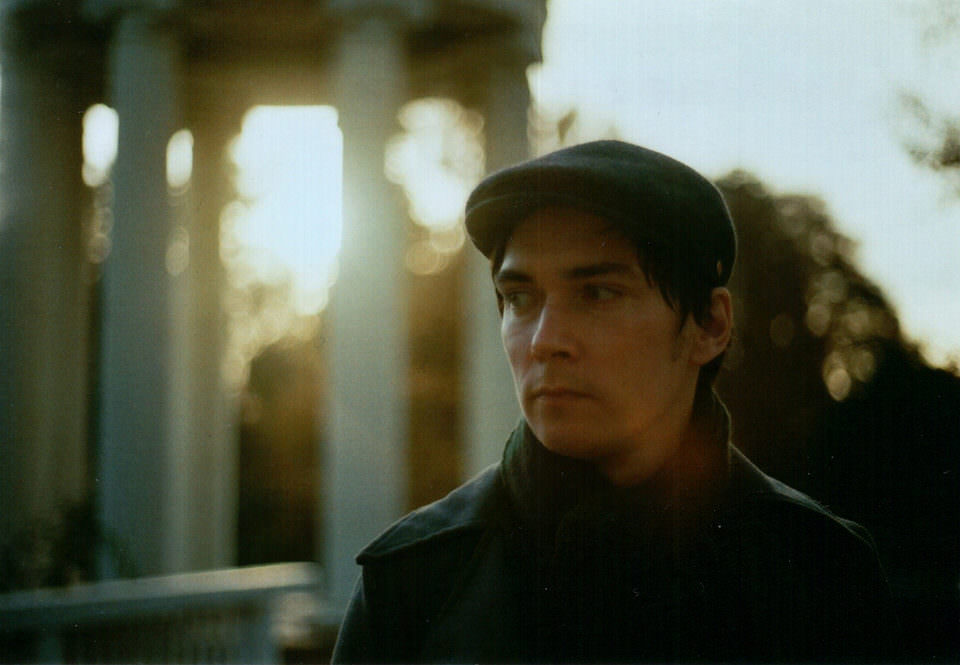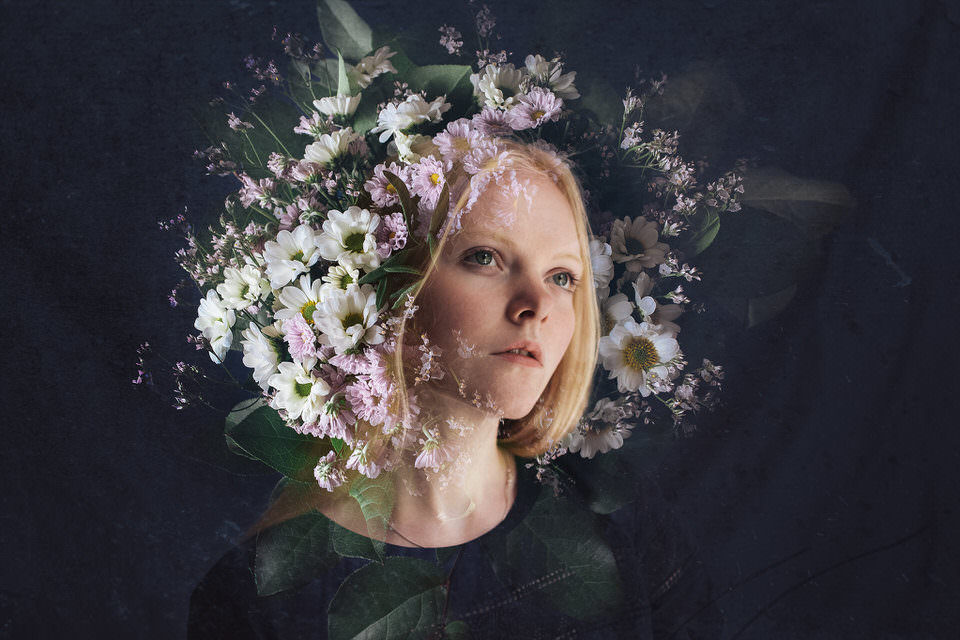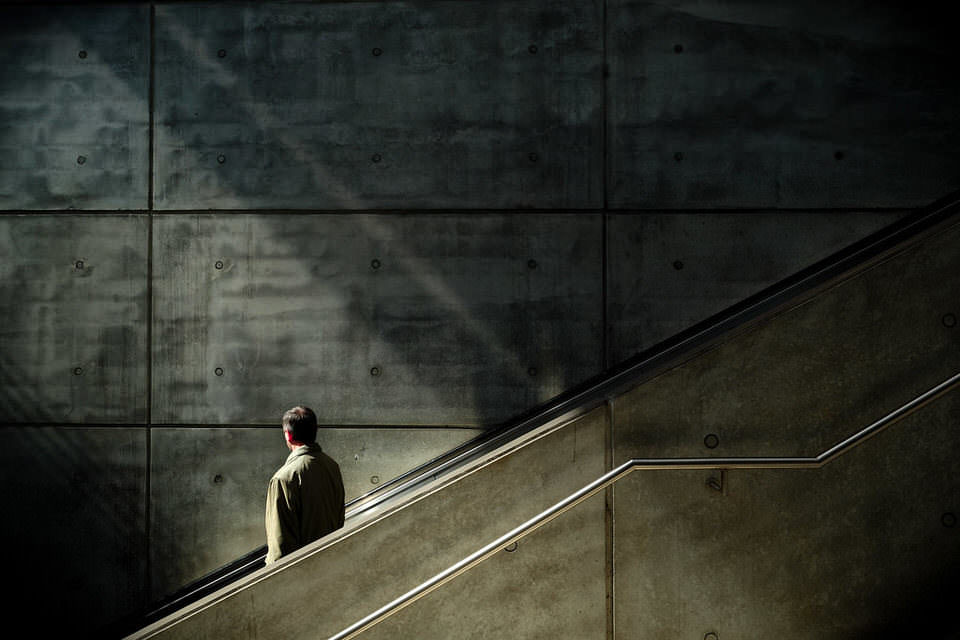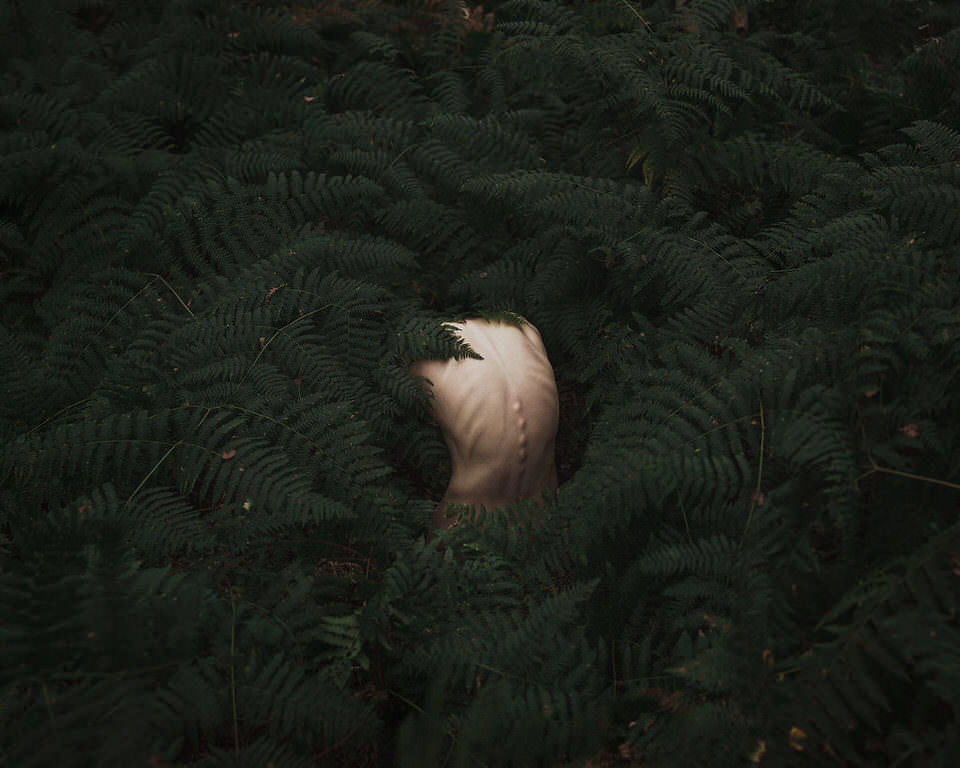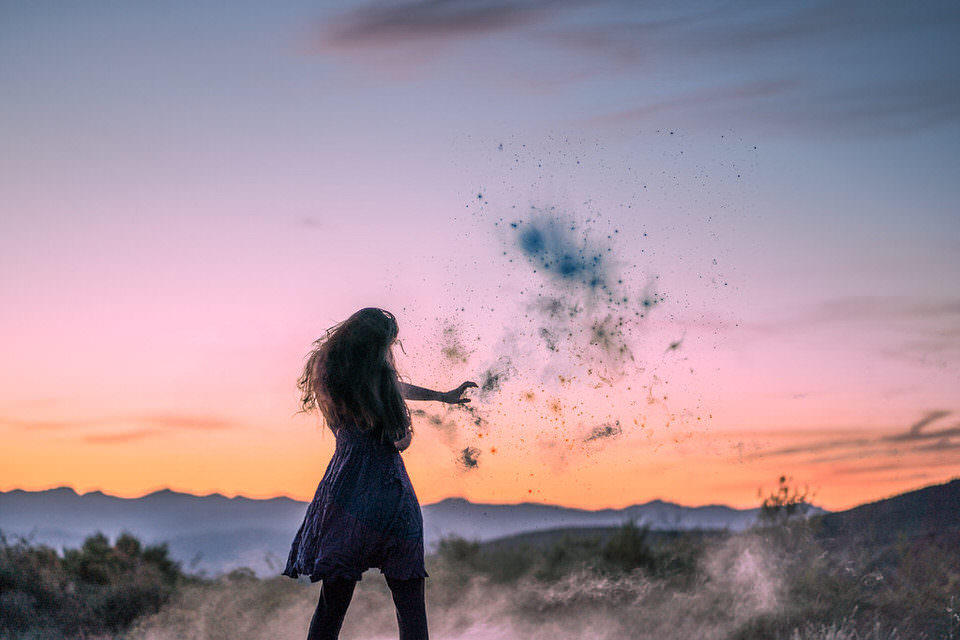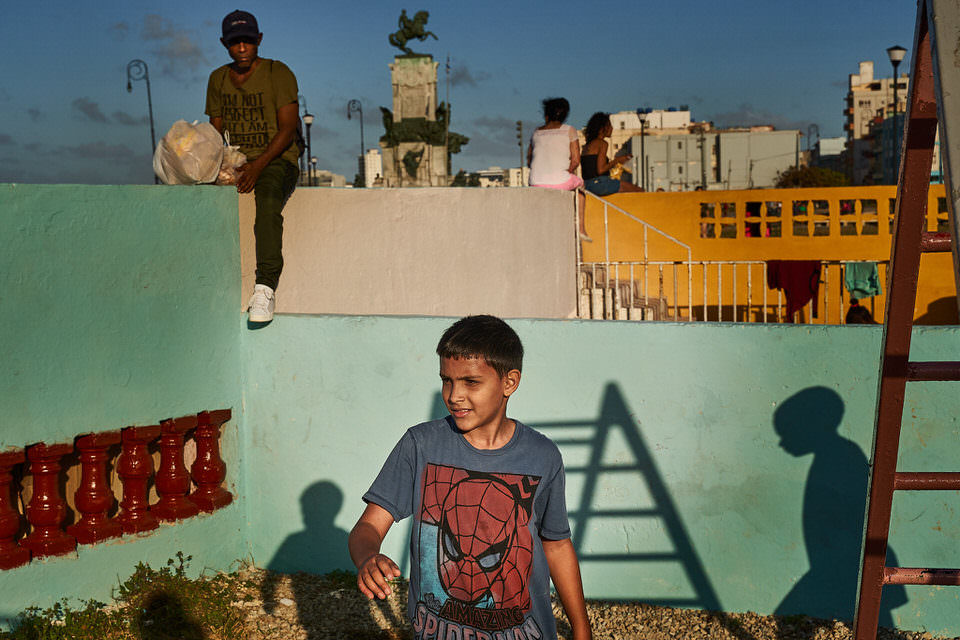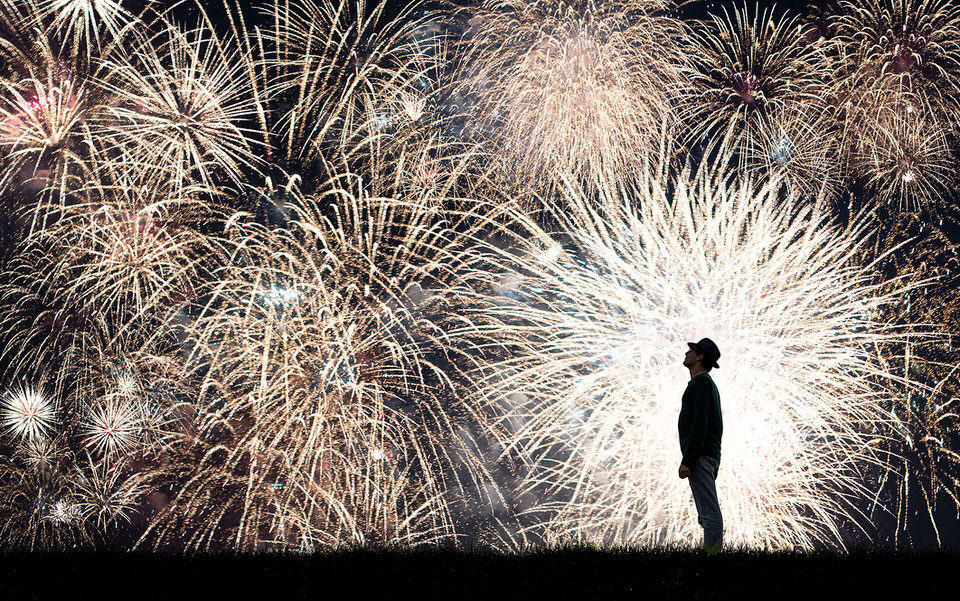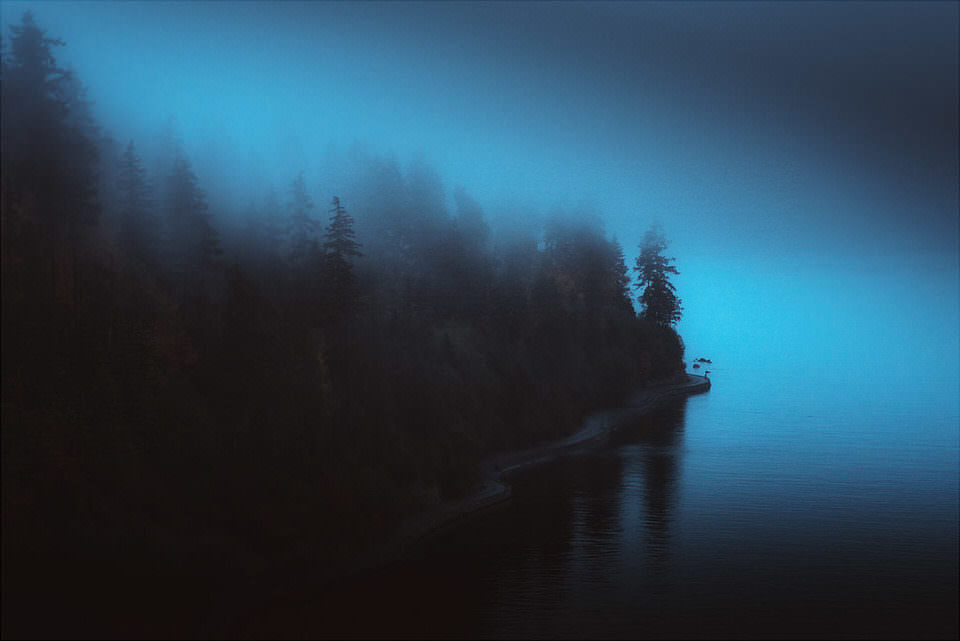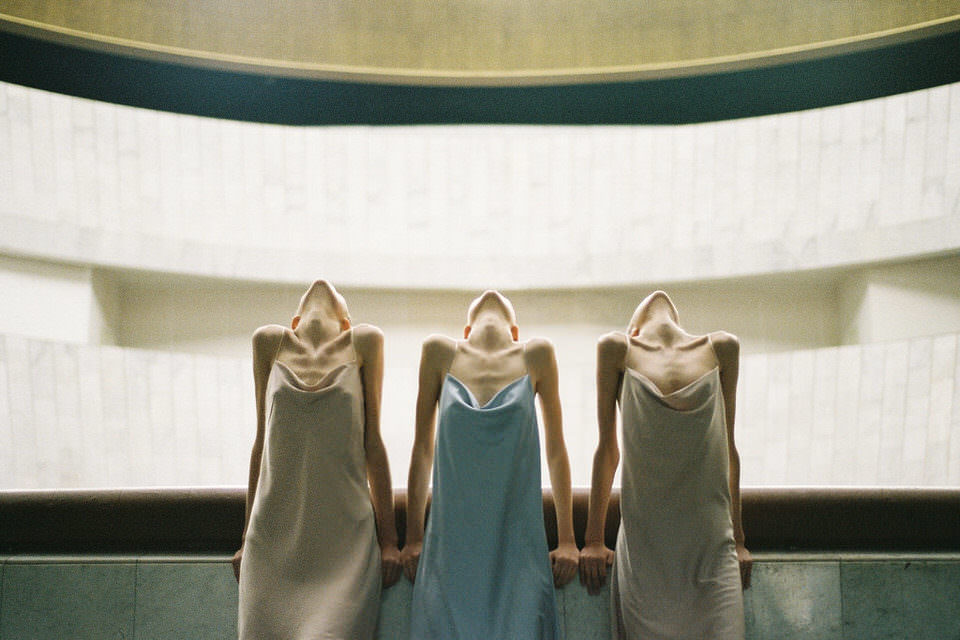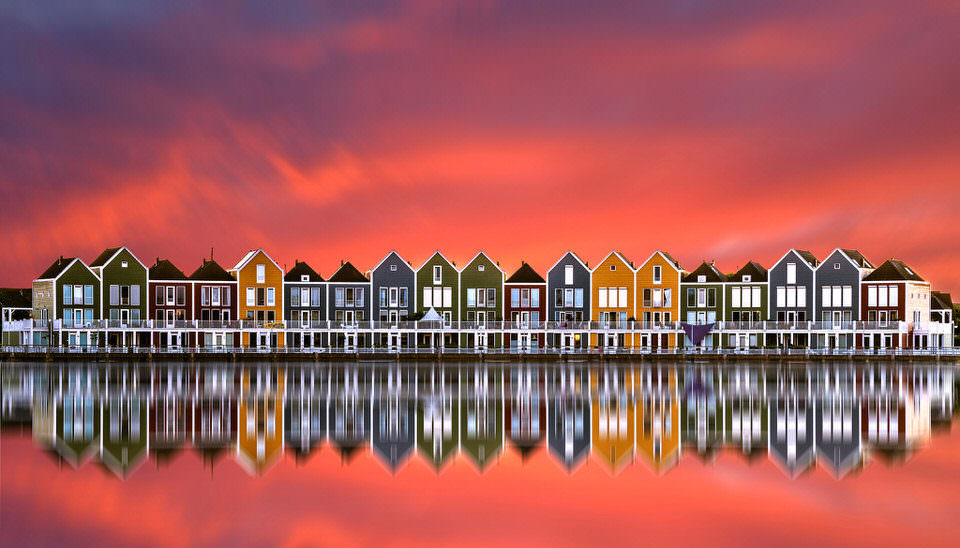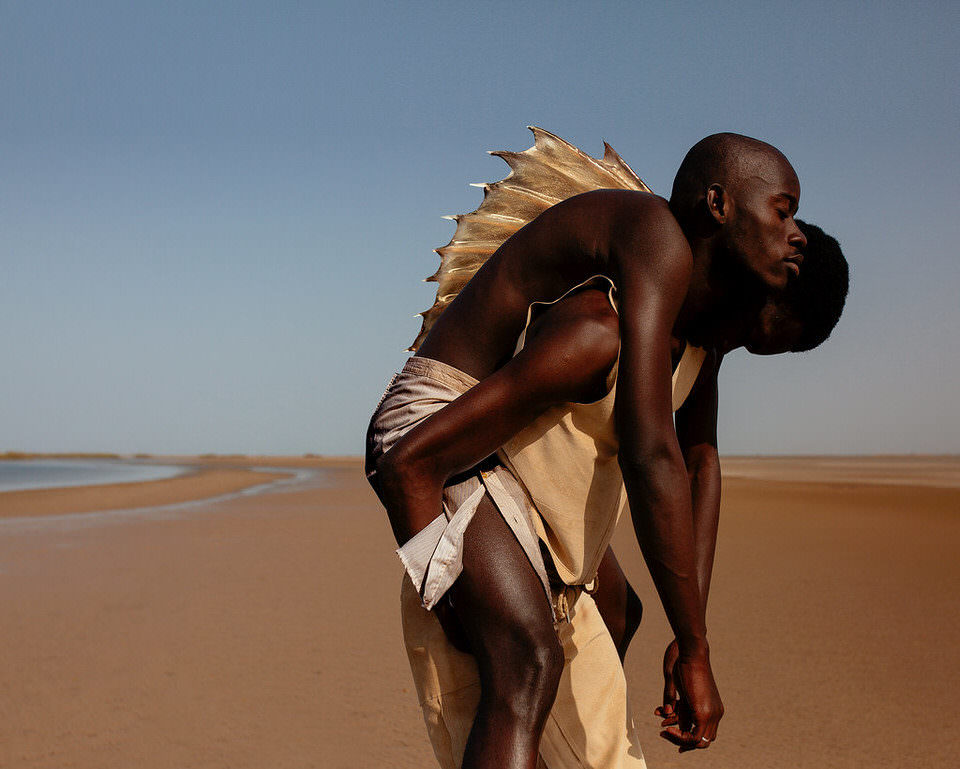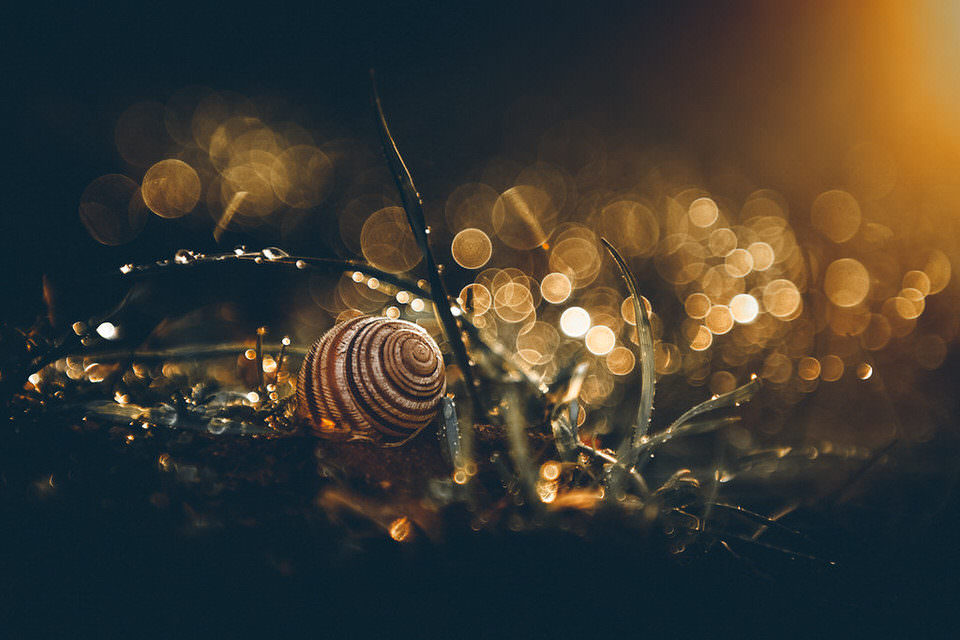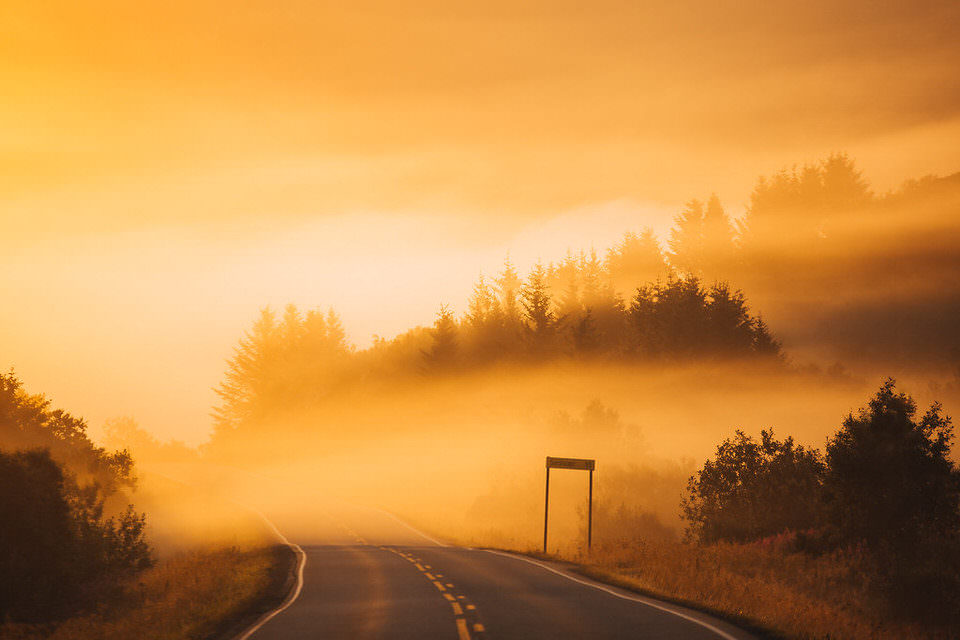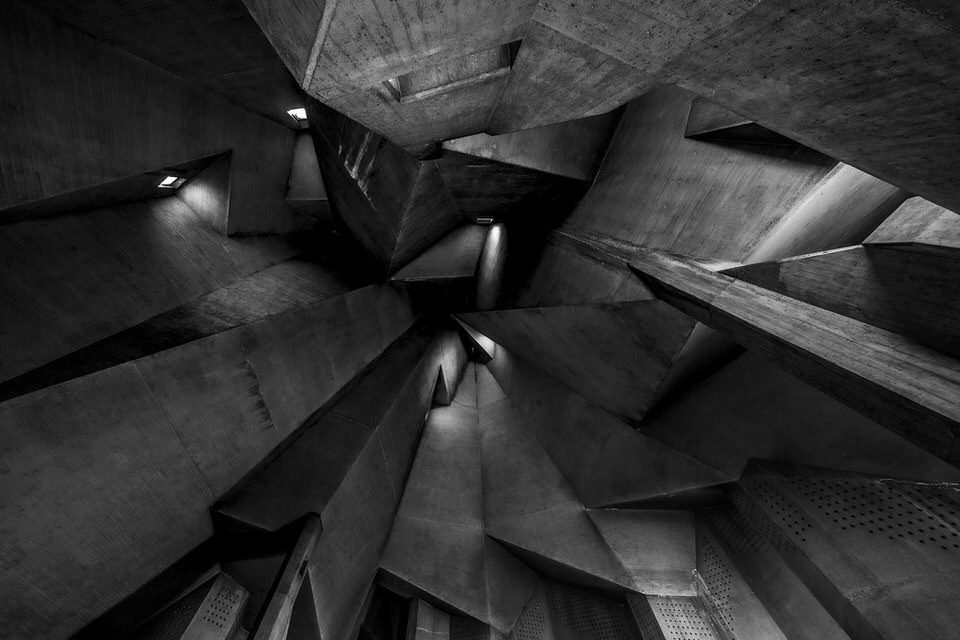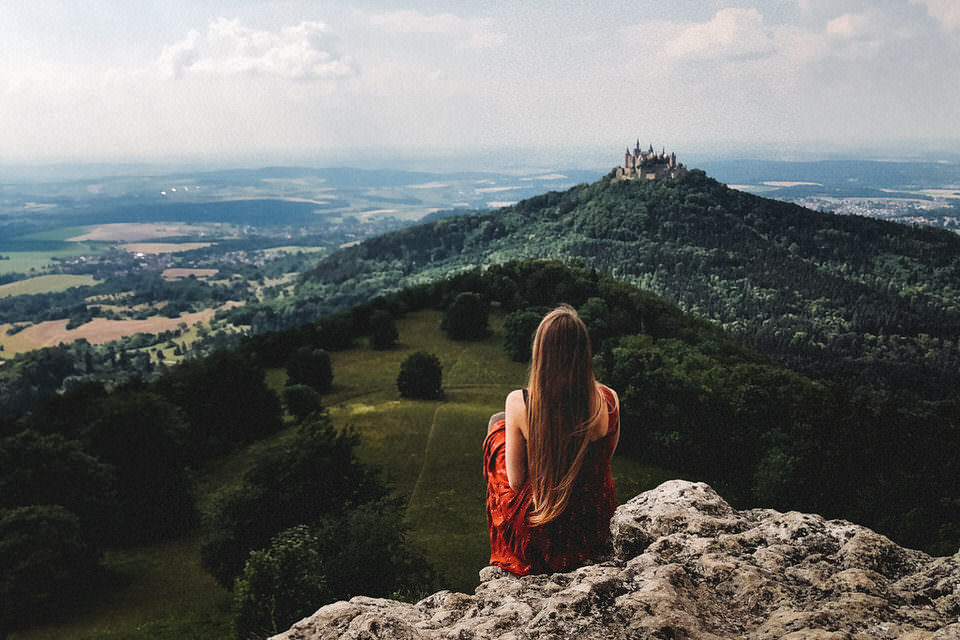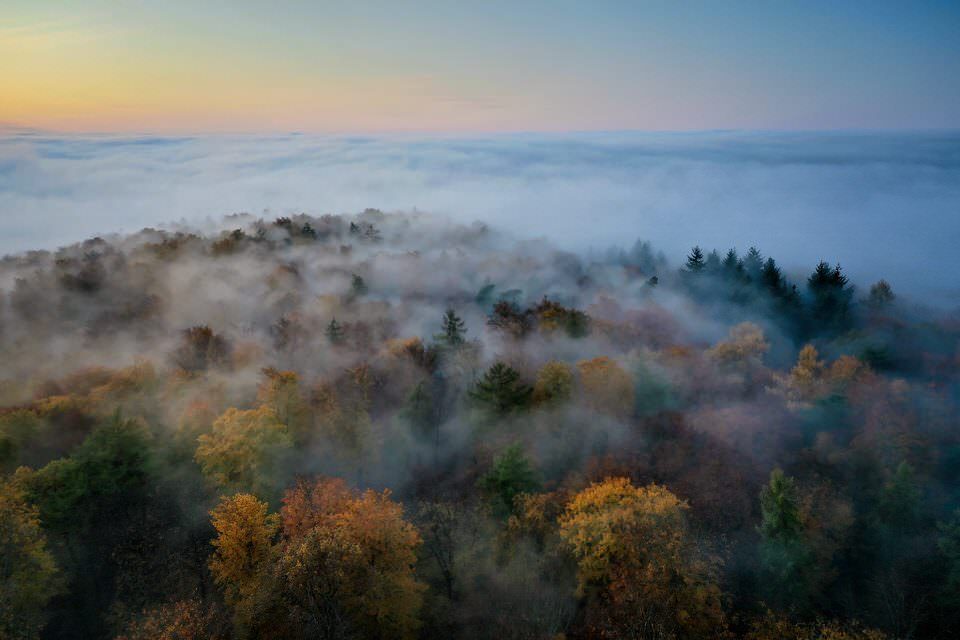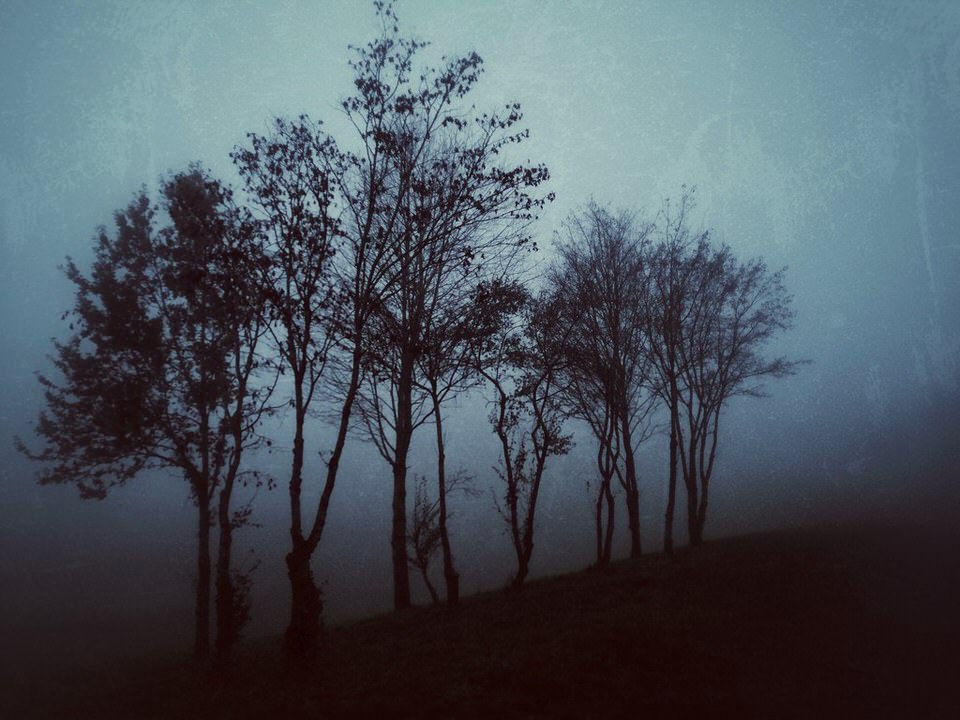Zeig Dein wichtigstes Foto 2019

Ich hoffe, Ihr seid gut ins neue Jahr gekommen. Vielleicht habt Ihr Euch vorgenommen, in 2020 mehr zu fotografieren, geplanter vorzugehen oder mehr zu experimenten. Aber lasst uns doch, bevor wir große Pläne in Angriff nehmen, noch einmal zurückschauen. Wie war Euer fotografisches Jahr 2019? Und vor allem: Auf welches Foto seid Ihr besonders stolz?
Ich möchte das für Euch wichtigste Foto von 2019 sehen und die Geschichte dazu lesen. Was macht das Foto so besonders? Zeigt es eine Euch wichtige Person, hat es Euch in Eurer fotografischen Karriere weitergebracht oder erinnert es Euch an einen schönen Moment? Erzählt mir davon!
Teilnahmebedingungen
- Such Dein wichtigstes Foto heraus, das Du 2019 veröffentlicht hast.
- Poste den Link dazu in einem Kommentar.
- Beschreibe in ein paar Sätzen, warum Dir dieses Bild wichtig ist und wie es entstanden ist. Fotos ohne Beschreibung werden nicht berücksichtigt.
- Mit dem Kommentar stimmst Du einer möglichen Veröffentlichung auf kwerfeldein zu.
- Der Einsendeschluss ist am Sonntag, den 5. Januar 2020 um 21 Uhr.
Ich freue mich, mit Euch gemeinsam in Erinnerungen zu schwelgen und Bilder zu sehen, die für Euch ein ganzes Lebensjahr repräsentieren und immer in Erinnerung bleiben werden.
Am 8. Januar präsentieren wir Euch an dieser Stelle unsere ganz subjektive Auswahl aus Euren Bildern. Die spannendsten, berührendsten Geschichten und die gefühlvollsten, eindrucksvollsten oder einfach lustigsten Fotos.
Das Titelbild stammt von Jude Beck. Vielen Dank dafür!
kwerfeldein – Magazin für Fotografie https://ift.tt/36a5PBT
Sourced by Time Trap Photography sharing the best photography tips, news and tricks throughout the industry. Time Trap Photography is dedicated to freezing those special moments in life that can be revisited and admired for generations to come. - Shannon Bourque
Please visit our main site for booking availability and rates.

Receive valuable industry knowledge delivered free to your email each day.



